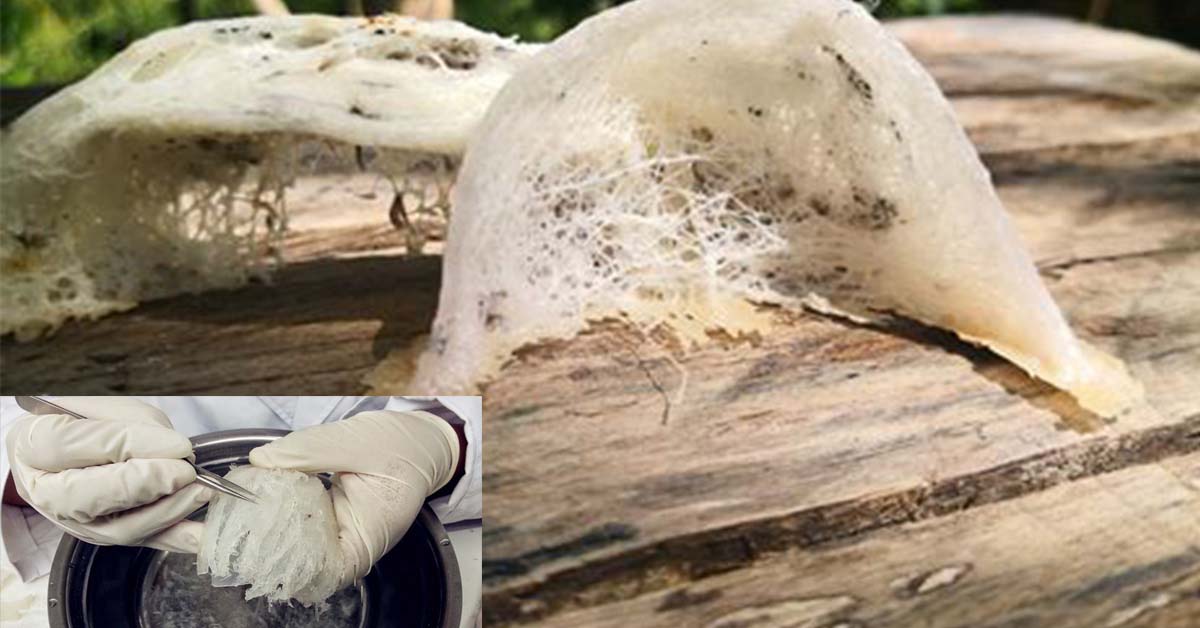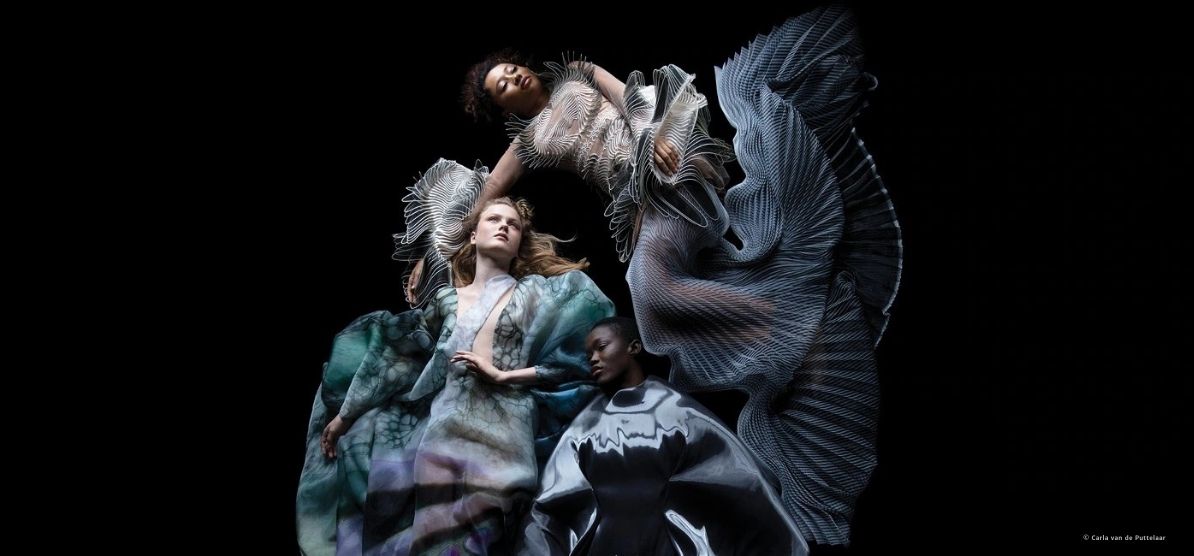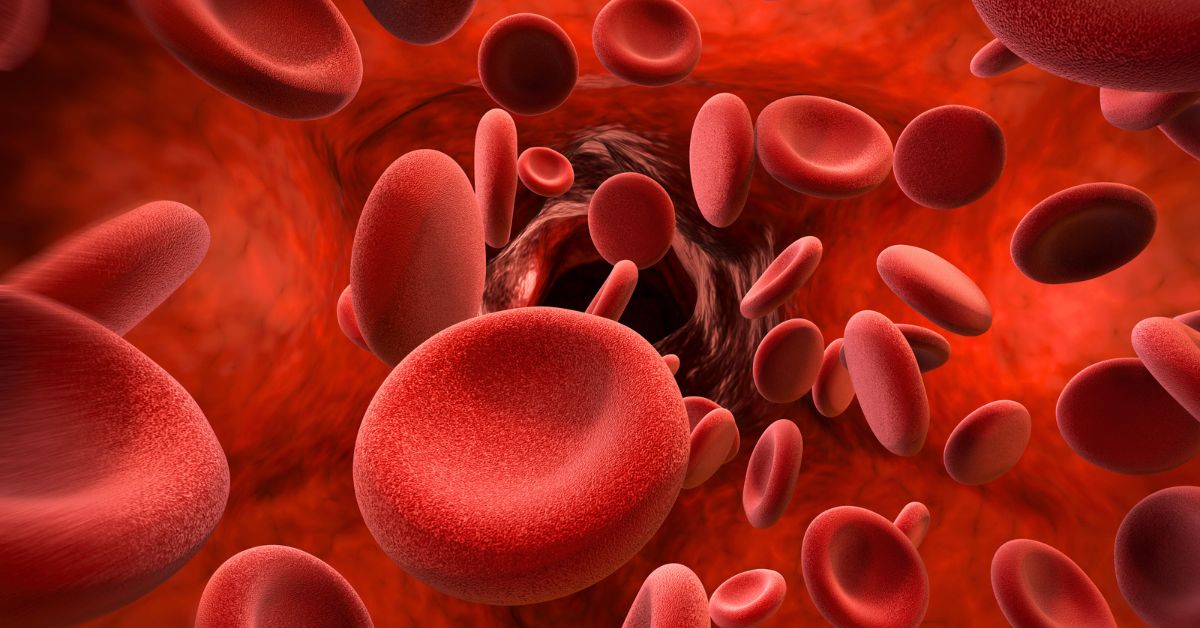
There is nothing quite like blood – literally. The fundamental substance has no viable replacement, despite scientists’ best efforts for more than a century.
As a concept, it almost universally creates profound, often emotive reactions.
Blood inspires fear, reverence and fascination – often all at once, and in almost anyone you meet. It’s hard to explain, but easy to spot in any situation where blood is spilled. A nosebleed or coughing up blood, for instance, is often used in popular media to indicate when a character is in serious trouble.
There is also the universal aversion to drawing blood, even when it is for a simple blood test at a clinic, or a worthy cause like a blood donation — especially apt, considering today (14 June) is World Blood Donor Day, a day dedicated to raising awareness about the dire need for more blood donations.
Let’s unpack the cultural beliefs, myths and traditions over the ages that have formed around blood, demystifying the morbid, life-giving substance, and getting to the beating heart of the matter.
Advertisement
1. Blood as a source of life

Ancient shamans and medicine men didn’t have the same understanding of blood that we do today, though they could distinguish that it was vital to biological function.
As a result, many rituals, traditions and sacrifices of cultures past involve the spilling of animal — and sometimes even human — blood to appease the gods.
Notable ancient religions that practiced the sacrifice of animal blood include the Greeks, Romans and ancient Jews. The Aztecs famously sacrificed thousands of humans at a time, slicing open their chests and offering their still-beating hearts to the sun god.
Blood as a source of life presents in modern Christianity and Catholicism too, where the spilling of their deity’s blood is said to atone for humanity’s sins, and therefore provide eternal life.
Catholics believe that they are consuming the flesh and blood of their deity, which is transported into the bread and wine they consume as part of a religious rite.
2. Blood for immortality

Speaking of eternal life, many throughout history have attempted to harness blood’s life-giving properties in pursuit of immortality.
Pope Innocent VIII, on the verge of death in the year 1492, was injected with the blood of children in the hope that it’d prolong his life. (It didn’t.)
17th-century Hungarian countess Elizabeth Bathory is famously believed to have a skincare routine that involved bathing in the blood of virgin girls. (She was eventually burnt at the stake.)
Blood as a source of eternal life is central to the myth of Count Dracula, an undead fiend vampire that sucks blood from the necks of its victims, either killing them outright or turning them into a fellow fiend.
The villain of the night is now believed to be based on bloodthirsty 15th-century Romanian warlord Vlad III Draculea, better known as Vlad the Impaler for his execution method of choice.
3. Blood consumption
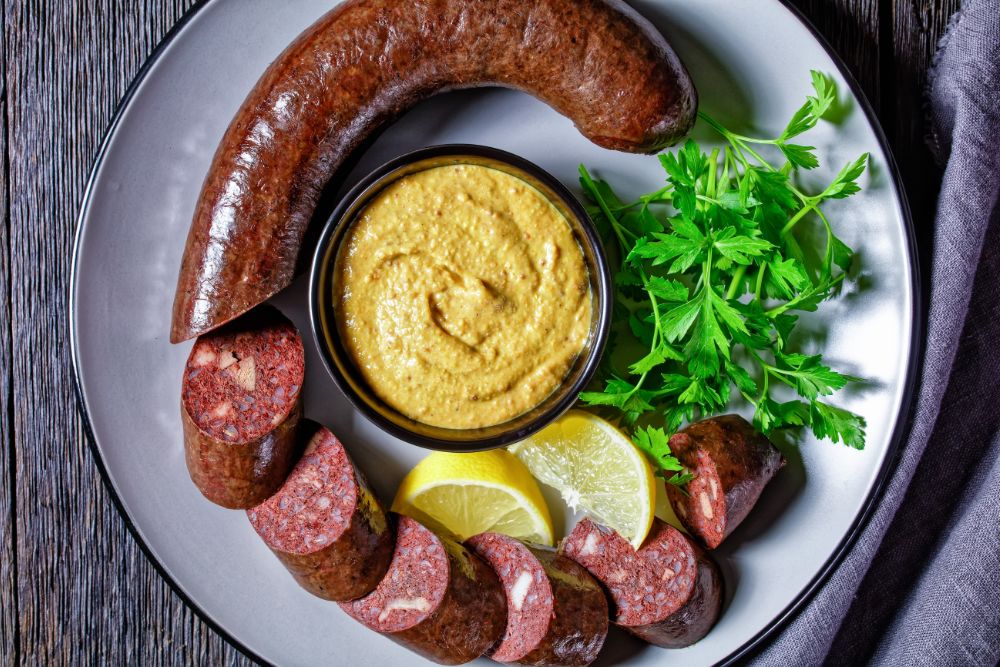
Consuming the blood of animals, rather than other humans’, is common in most cultures around the world. It is made into sausages, allowed to congeal into a pudding-like solid, stirred into soups and even taken as is.
The consumption of blood, however, is taboo for observing Jews and Muslims.
Kosher and halal meat must therefore be completely free of blood and prepared in accordance with religious practices.
There are scholars who speculate that these restrictions were developed in part as health measures preventing the spoilage of meat, or the spreading of blood-borne pathogens.
4. ‘Bad’ blood
The lack of understanding behind blood also led to certain cultural and religious beliefs about women during their periods.
Menstruating women are considered impure for the duration of their period and cast out from their community for extended periods of time.
They are often left alone in a secluded shack on the fringe of the community with little to no amenities — leading, in rural areas, to possible attacks from wild animals, death from exposure or social isolation.
5. Bloodletting as medicine
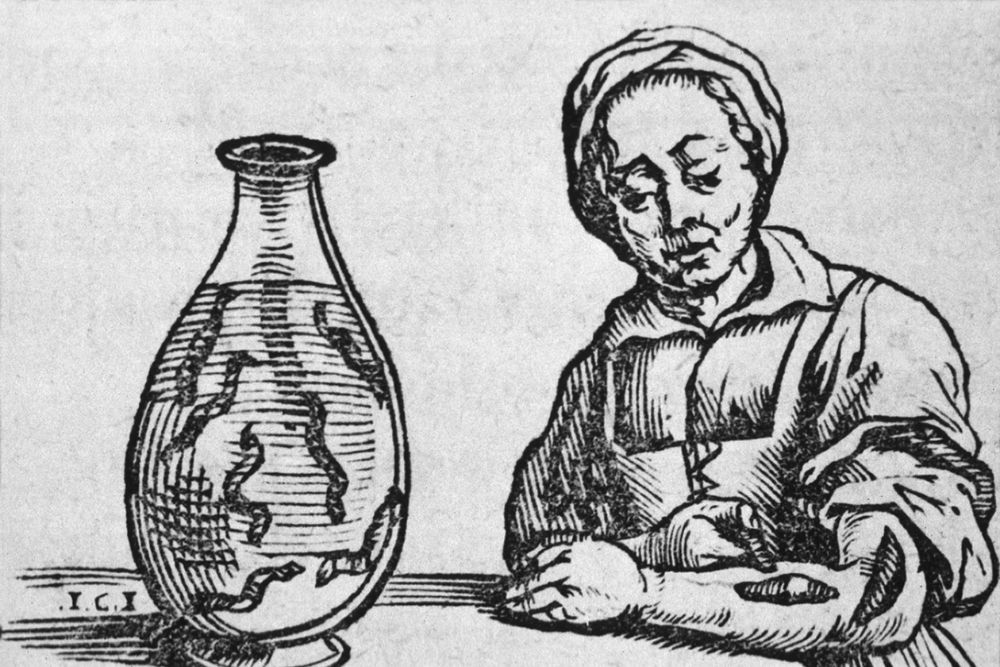
Ironically enough, bloodletting was seen as a pivotal part of early Western medicine in light of the work of ancient Greek physician Galen.
Good health, he said, relied on the balance of the four humors — black bile (thought to be cold, dry and liable to make someone melancholic); phlegm (cold, moist and calming); yellow bile (hot and dry, making someone irritable) and blood, which makes one hot, moist and cheerful.
The body kept this in balance naturally, through sweating, excrement and nasal discharge.
But there was no natural way of getting rid of blood (save for menstruation), which led the frequent diagnosis of ‘too much blood’.
The use of blood-sucking leeches was a popular method to rid people of excess blood.
6. Blood in language

Blood’s pervasive influence on our shared cultural lexicon is evidenced in how it runs through the very veins of the English language.
Blood connects us all – bloodlines connect relatives, blood brothers bring together friends, and blood feuds establish sworn enemies.
Blood is also lexically intertwined with individual personality and emotion. Blood boils when you’re angry. It runs cold or curdles when you’re scared.
You sweat blood when you’re anxious, and smell or taste blood when you sense weakness or the ability to harm an opponent. And those who fear blood itself suffer from hemophobia.
It is so intertwined that character traits or personal preferences are sometimes said to be in one’s blood.
Countries like Japan, Korea and Singapore have even begun to look to blood type as a way of determining someone’s personality – much like horoscope signs – with applications in the professional and dating world.
Like other blood-based superstitions though, there is no hard evidence backing this belief.




